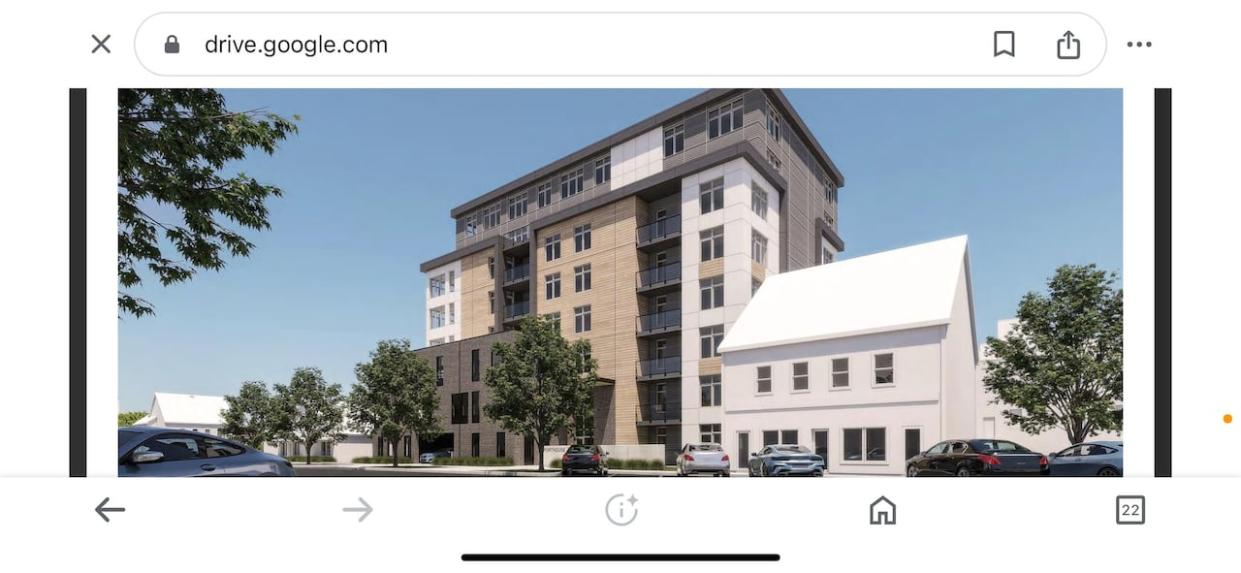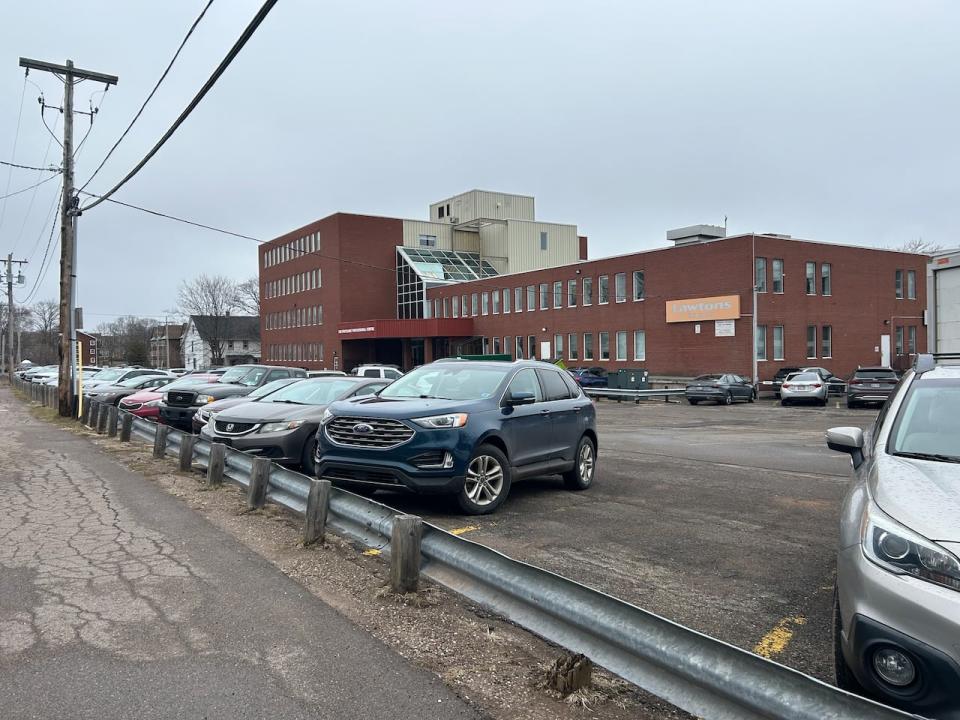'Time for this project to move on': Charlottetown apartments near approval after years of delays

The developer behind a new apartment building for Charlottetown's downtown is happy to see the project finally moving forward.
After three years of delays, including a challenge to the Island Regulatory Appeals Commission (IRAC), Charlottetown City Council is close to granting final approval for the Port House Development.
The developer won its IRAC appeal, and council unanimously approved an exemption to the city's zoning bylaw for how high a building can be at the project's planned location.
Final approval could come on April 9, when the motion has its second reading.
The CEO of the APM group, Tim Banks, said it's unfortunate many city projects are held up by what he called "frivolous appeals or so-called NIMBYs," he told CBC News, referring to the popular acronym for "not-in-my-back-yard" reactions to developments. "It's time for this project to move on."
Banks said construction will hopefully begin this fall on the Port House Development, which will be built on what is now a parking lot for the Polyclinic Professional Centre.
"I'm pleased that City Council and the planning department worked with us to get us where we are today," Banks said. "And I'm hoping that things will go a little more smoothly now."

The area where a 158-unit apartment building is proposed in downtown Charlottetown is currently a parking lot. (Laura Meader/CBC)
Building includes affordable units
The project was originally proposed as a six-storey building, but Banks said due to rising costs APM decided to increase its planned height to become more financially viable.
He said 32 of the project's 158 units — roughly one-in-five — will be rented at affordable rates below $1,000 monthly for mostly one-bedroom units.
Once completed, the building at 199 Grafton St. would offer a mix of micro-suites, one- and two-bedroom apartments, as well as a large parking area; the first two levels and an underground level will be dedicated to parking.
The cost of the project is estimated to be around $35 million, and is expected to take several years to complete. APM is working for Morris Holdings, owned by Charlottetown businessman Pat Morris.
Downtown development needed
Tim Banks said too many buildings are being built outside Charlottetown's downtown, something he described as out of line with what's happening in the rest of Canada.
He said architects have worked hard to create a design that works with the proposed site. Banks added the new building will revitalize the surrounding area, which he said needs to adapt.
"I think it has to evolve," he said. "Heritage has to work with new design."
He said restrictions in place meant to protect historic parts of Charlottetown's downtown have in some cases led to areas stagnating.
"There is opportunity in our downtown core," Banks said, adding that allowing more large apartment buildings bring in more people, support local businesses, and make the area more vibrant.
Still several steps before green light
In an emailed statement to CBC, a city spokesperson said after second and final reading, there will be a 21-day appeal period, during which the application is open to appeal to IRAC; the last day to file such an appeal is April 30.
The bylaw also requires the Minister of Housing, Land and Communities to sign off on the city's decision.
Charlottetown's spokesperson said in future other, taller apartment buildings might be considered to address the city's housing needs, but no specific locations have yet been identified for such developments.


